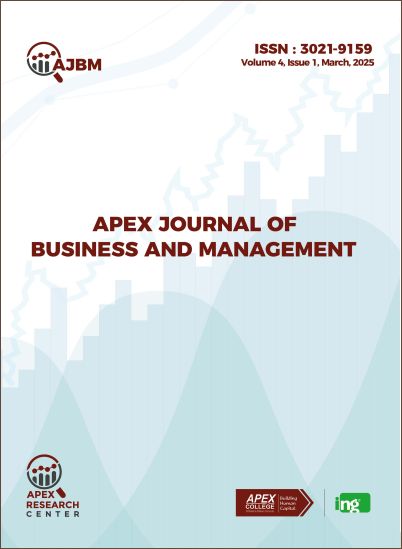Impact of Monetary Policy Instruments on Profitability: A Case of Nepalese Commercial Banks
Keywords:
monetary policy, profitability, commercial banks, cash reserve ratio, bank rateAbstract
This study examines the impact of monetary policy instruments on the profitability of Nepalese commercial banks from 2013 to 2022. It analyzes the relationship between bank profitability and monetary policy tools such as money supply, treasury bill investments, interest rates, cash reserve ratio (CRR), statutory liquidity ratio (SLR), and bank rate. The study uses a descriptive and correlational research design based on secondary data from twenty Nepalese commercial banks. Data were collected from Nepal Rastra Bank reports and annual bank reports. Descriptive statistics, correlation analysis, and linear regression were employed to assess relationships between monetary policy variables and bank performance measured by return on assets (ROA) and return on equity (ROE). The results show that changes in monetary policy parameters significantly affect bank profitability. The cash reserve ratio had a negative impact on ROE, while the bank rate negatively influenced ROE as well. The money supply exhibited a negative correlation with both ROA and ROE. Effective management of monetary policy instruments can enhance commercial banks' profitability in Nepal. Recommendations include managing CRR levels, maintaining low bank rates, encouraging treasury bill investments, and minimizing SLR to improve financial performance.
Downloads
Downloads
Published
How to Cite
Issue
Section
License
Copyright (c) 2025 The Author(s)

This work is licensed under a Creative Commons Attribution-NonCommercial 4.0 International License.
This license requires that reusers give credit to the creator. It allows reusers to distribute, remix, adapt, and build upon the material in any medium or format, for noncommercial purposes only.




